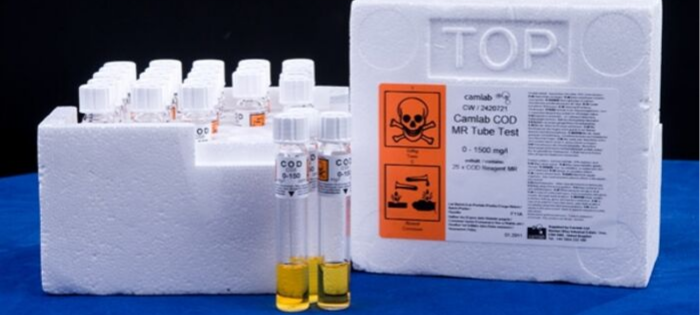
Environment
Comments: No Comments
BIOTECHNOLOGY FOCUS
Biotech labs and industrial processes traditionally produce many different types of waste that can present significant waste management challenges. Identifying all the different waste sources in operations is not as easy as it sounds. For example, labs and industry may not fully take the time to evaluate the chemicals in reagents, and as a result, they can make errors in managing the associated waste—errors that present significant risk of regulatory penalty, unnecessary expenditures, or exposure to personnel.
However, as the following case study shows, appropriately identifying and managing wastes also presents opportunities for reduced risk, cost savings, and improved compliance.
Case Study in Waste
Recently, Kestrel assisted an industrial lab located in a large production facility with waste management concerns. An EPA inspection identified several negative findings with an estimated potential fine of $350,000. Kestrel assisted with penalty negotiations and development of waste management strategies.
Inventory and Risk Identification
As Kestrel worked to get the facility in compliance, the inventory and risk identification process uncovered one waste stream that contained small amounts of mercury in test vials. The lab had been comingling this waste stream with their vials of flammable solvent waste, resulting in large lab packs of waste that were expensive to dispose. A five-gallon bucket of vials cost them approximately $250 for disposal, and they were generating up to six buckets per month. While the process of comingling is not a compliance issue when handled as a hazardous waste, it is often an unnecessarily expensive way to manage non-hazardous waste.
Alternative Methods
A thorough evaluation of the reagent used indicated that there were alternative test methods that could be used to test for the same analyte. The lab was able to switch the mercury-containing reagent with a non-mercury-containing alternative. The cost for disposal of the five-gallon buckets dropped from $250 to $85 per bucket. Importantly, the testing methods were just as accurate and met the lab’s needs. This change minimized the risk of mercury exposure or a costly mercury cleanup event and resulted in a cost savings of approximately $1,000 per month.
Sustainable Strategies
Removal of the mercury-containing reagent was just one of many strategic improvements implemented at the lab based on the initial waste evaluation. Kestrel was able to develop strategies to resolve the remainder of the EPA findings. Based on the comprehensive compliance improvements, the EPA penalty was negotiated to a no-penalty ruling and the company did not have to pay any amount in fines. They have now operated for an additional two years with no EPA penalty, continued reduction in waste management costs, minimized risk to employees, and operated a more efficient and streamlined lab.
How About You?
Have you considered your operations and your waste streams? Ask yourself:
- Are there waste streams that you are paying too much to manage?
- Are there alternatives to the reagents or kits you are using that may minimize your risk and improve safety in your lab?
- Are there strategies that can make waste management simpler, more cost-effective, and more compliant that you could implement in your lab?
